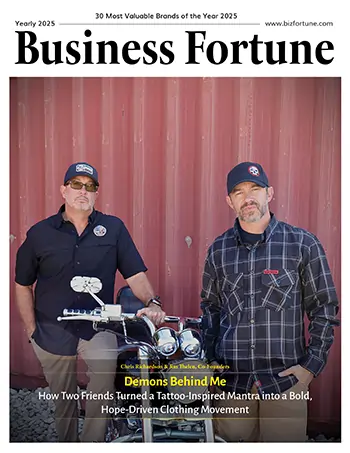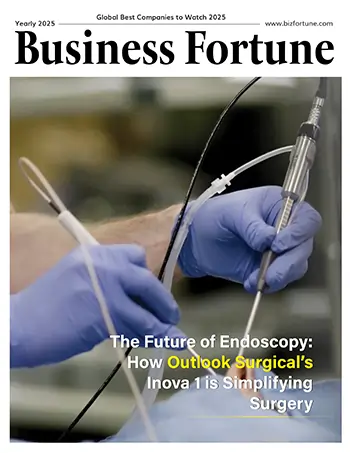Home Innovation Robotics Robotics, Sensors, and Advance...
Robotics, Sensors, and Advanced Computing for Plant Data Harvesting
Robotics

Business Fortune
12 December, 2024
A smart robot is created by ORNL researchers to better understand plant-soil interactions and enhance carbon storage in bioenergy crops.
Researchers at Oak Ridge National Laboratory (ORNL) of the Department of Energy have created a sophisticated robotic system that gathers soil and plant data on its own. In order to assist scientists in better understanding the carbon cycle and enhancing carbon storage in bioenergy plantations, this novel method seeks to expedite the research of interactions between plants, soil, and the environment.
Accurate understanding of the flow of carbon between soil, plants, and the atmosphere is essential for improving biomass production and boosting carbon storage. Accurate measurements of soil carbon, which contains billions of tons worldwide—more than three times the amount of carbon in the atmosphere—remain difficult.
To address this, ORNL researchers, including experts in biology, ecology, robotics, and computing, have created a groundbreaking autonomous system. This system can monitor plants, sample soil, and send real-time data back to the lab. The goal is to improve predictions of plant responses and soil carbon dynamics.
The team built a specialized robotic platform called the SMART Plant F-Series (Sensors, Machine Vision, Automation, and Robotics for Transforming Plants Field Series). It was tested at ORNL’s SMART field site, where poplar plants are grown for biofuel research. The robot features GPS waypoints and a laser sensing system to navigate carefully among plants without damaging them.
The study lead, Udaya Kalluri, a senior scientist in ORNL's Biosciences Division, pointed out that although scientists have collected a lot of information on aboveground plant characteristics—more than 250,000 poplar phenotypes alone—much less information has been collected on belowground characteristics. These include carbon, water, and nutrient-related soil activities as well as interactions between microbes and roots. By providing an effective means of investigating what occurs under the soil's surface, the new robotic device contributes to closing this knowledge gap.


































